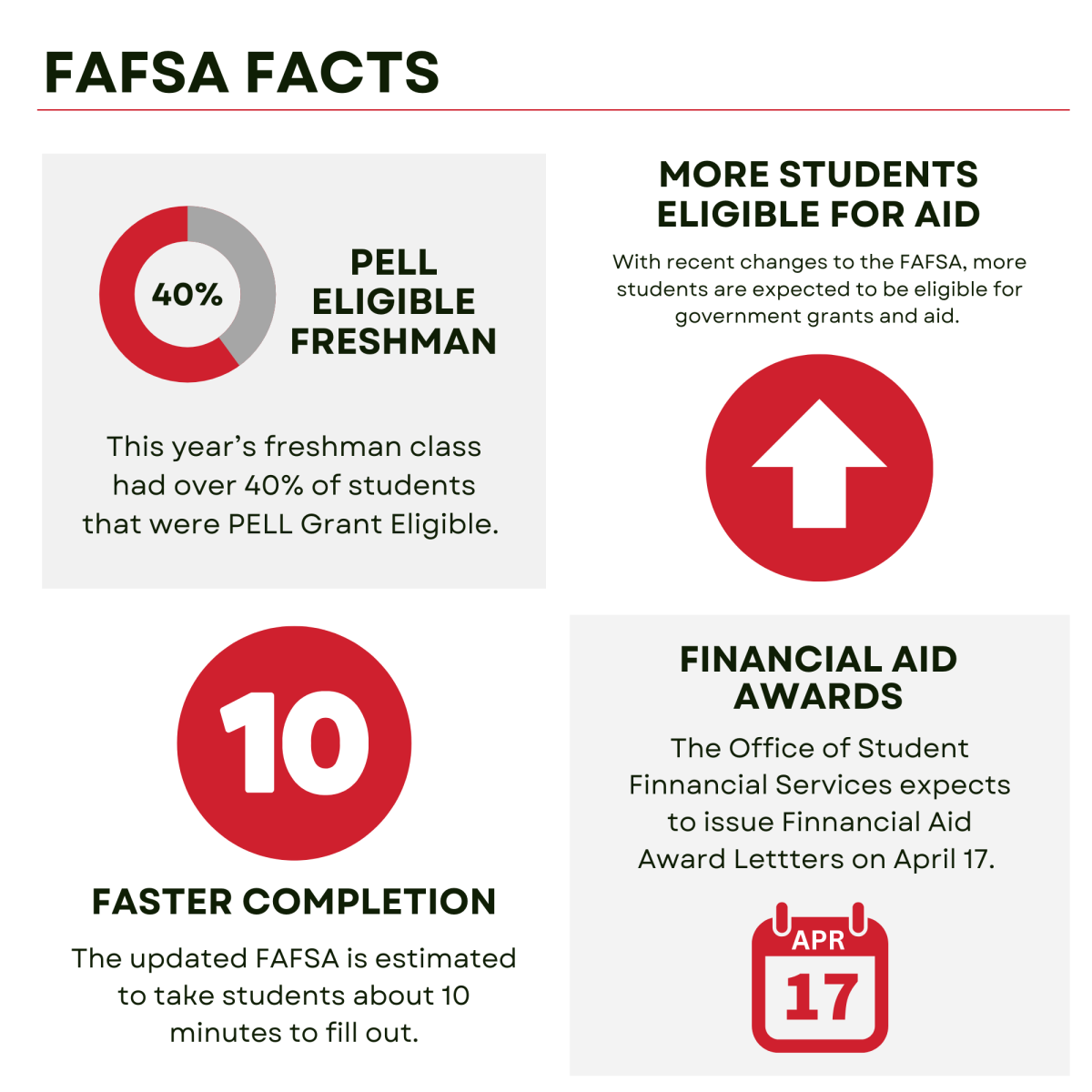By DAVID MERCER and DON BABWIN
WASHINGTON, Ill., AP) — As a powerful tornado bore down on their Illinois farmhouse, Curt Zehr’s wife and adult son didn’t have time to do anything but scramble down the stairs into their basement.
Uninjured, the pair looked out moments later to find the house gone and the sun out “right on top” of them, Zehr said. Their home, on the outskirts of Washington, Ill., was swept up and scattered over hundreds of yards by one of the dozens of tornadoes and intense thunderstorms that swept across the Midwest on Sunday, leaving at least six people dead and unleashing powerful winds that flattened entire neighborhoods, flipped over cars and uprooted trees.
“They saw (the tornado) right there and got in the basement,” said a stunned Zehr, pointing to the farm field near the rubble that had been his home.
Early Monday, Washington Mayor Gary Manier estimated that from 250 to 500 homes were either damaged or destroyed in the storm and that it wasn’t clear when residents would be allowed to return.
“Everybody’s without power, but some people are without everything,” Manier told reporters in the parking lot of a destroyed auto parts store and near a row of flattened homes.
“How people survived is beyond me,” he said.
The unusually powerful late-season wave of thunderstorms brought damaging winds and tornadoes to 12 states: Michigan, Wisconsin, Iowa, Illinois, Missouri, Indiana, Ohio, Kentucky, Tennessee, West Virginia, Pennsylvania and western New York.
Bill Bunting, forecast operations chief of the National Weather Service’s Storm Prediction Center in Norman, Okla., said the storms all belonged to the same system and would be “moving rapidly to the east and continue east overnight and into the morning.”
Illinois was the hardest struck with at least six people killed and dozens more injured.
An 80-year-old man and his 78-year-old sister were killed by a tornado that hit their farmhouse near the rural southern Illinois community of New Minden, coroner Mark Styninger said. A third person died in Washington, while three others perished in Massac County in the far southern part of the state, said Patti Thompson of the Illinois Emergency Management Agency. She did not provide details.
Communications remained difficult and with many roads impassable it was not clear if the injury and death tolls would rise on Monday. Ill. Gov. Pat Quinn declared seven counties disaster areas.
Washington, a town of 16,000 about 140 miles southwest of Chicago, appeared to have suffered the most severe damage. The tornado cut a path about an eighth of a mile wide from one side of town to the other, State Trooper Dustin Pierce said.
Across farm fields a little more than a mile from where Zehr’s home was swept up, several blocks of homes were destroyed.
“The whole neighborhood’s gone. The wall of my fireplace is all that is left of my house,” said Michael Perdun, speaking by cellphone.
The Illinois National Guard assisted with search and recovery operations in Washington. The White House issued a statement saying President Barack Obama had been briefed about the damage and was in touch with federal, state and local officials. Quinn and Indiana Gov. Mike Pence were scheduled to survey affected areas in their respective states Monday.
As law enforcement officers continued to search for victims and sized up the cleanup and rebuilding job ahead, they kept everyone but residents and emergency workers out. With power off and lines down in many areas, natural gas lines leaking and trees and other debris blocking many streets, an overnight curfew kept all but emergency vehicles off pitch-black roads. The only lights visible across most of Washington on Sunday night were red and blue flashes from police and fire truck lights.
Pierce said there were reports of looting around town.
About 75 friends and neighbors helped Zehr to salvage his family’s belongings. He said he’d been at church when the tornado hit but that his wife, Sue, and son were at home.
A friend, Keith Noe, said the Zehr family still felt fortunate.
“They both walked out of the basement and that’s what counts,” Noe said.
Across Washington, an auto parts store with several people inside was reduced to a pile of bricks, metal and rebar; a battered car, its windshield impaled by a piece of lumber, was flung alongside it.
“The employees were climbing out of this,” Pierce said, gesturing to the rubble behind him. None of them was seriously injured, he said.
At OSF Saint Francis Medical Center in nearby Peoria, spokeswoman Amy Paul said 37 storm victims had been treated, including eight with injuries ranging from broken bones to head injuries. Another hospital, Methodist Medical Center in Peoria, treated more than a dozen, but officials there said none of them were seriously injured. Brian Williamson, a state spokesman, said hospitals reported treating about 60 people in Washington, but said that figure could grow.
About 90 minutes after the tornado destroyed homes in Washington, the stormy weather darkened downtown Chicago. As the rain and high winds slammed into the area, officials at Soldier Field evacuated the stands and ordered the Bears and Baltimore Ravens off the field. Fans were allowed back to their seats shortly after 2 p.m., and the game resumed after about a two-hour delay.
Earlier, the Office of Emergency Management and Communications had issued a warning to fans, urging them “to take extra precautions and … appropriate measures to ensure their personal safety.”
Just how many tornadoes hit was unclear. Although about 80 reports of tornadoes had come in as of Sunday night, the National Weather Service’s Bunting said the actual number will likely be in the 30 to 40 range. He said that’s because the same tornado often gets reported multiple times.
Weather service meteorologist Matt Friedlein said such weather is rare this late in the year, but that strong winds coupled with temperatures in the 60s and 70s spawned Sunday’s storms.
“They saw (the tornado) right there and got in the basement,” said a stunned Zehr, pointing to the farm field near the rubble that had been his home.
Early Monday, Washington Mayor Gary Manier estimated that from 250 to 500 homes were either damaged or destroyed in the storm and that it wasn’t clear when residents would be allowed to return.
“Everybody’s without power, but some people are without everything,” Manier told reporters in the parking lot of a destroyed auto parts store and near a row of flattened homes.
“How people survived is beyond me,” he said.
The unusually powerful late-season wave of thunderstorms brought damaging winds and tornadoes to 12 states: Michigan, Wisconsin, Iowa, Illinois, Missouri, Indiana, Ohio, Kentucky, Tennessee, West Virginia, Pennsylvania and western New York.
Bill Bunting, forecast operations chief of the National Weather Service’s Storm Prediction Center in Norman, Okla., said the storms all belonged to the same system and would be “moving rapidly to the east and continue east overnight and into the morning.”
Illinois was the hardest struck with at least six people killed and dozens more injured.
An 80-year-old man and his 78-year-old sister were killed by a tornado that hit their farmhouse near the rural southern Illinois community of New Minden, coroner Mark Styninger said. A third person died in Washington, while three others perished in Massac County in the far southern part of the state, said Patti Thompson of the Illinois Emergency Management Agency. She did not provide details.
Communications remained difficult and with many roads impassable it was not clear if the injury and death tolls would rise on Monday. Ill. Gov. Pat Quinn declared seven counties disaster areas.
Washington, a town of 16,000 about 140 miles southwest of Chicago, appeared to have suffered the most severe damage. The tornado cut a path about an eighth of a mile wide from one side of town to the other, State Trooper Dustin Pierce said.
Across farm fields a little more than a mile from where Zehr’s home was swept up, several blocks of homes were destroyed.
“The whole neighborhood’s gone. The wall of my fireplace is all that is left of my house,” said Michael Perdun, speaking by cellphone.
The Illinois National Guard assisted with search and recovery operations in Washington. The White House issued a statement saying President Barack Obama had been briefed about the damage and was in touch with federal, state and local officials. Quinn and Indiana Gov. Mike Pence were scheduled to survey affected areas in their respective states Monday.
As law enforcement officers continued to search for victims and sized up the cleanup and rebuilding job ahead, they kept everyone but residents and emergency workers out. With power off and lines down in many areas, natural gas lines leaking and trees and other debris blocking many streets, an overnight curfew kept all but emergency vehicles off pitch-black roads. The only lights visible across most of Washington on Sunday night were red and blue flashes from police and fire truck lights.
Pierce said there were reports of looting around town.
About 75 friends and neighbors helped Zehr to salvage his family’s belongings. He said he’d been at church when the tornado hit but that his wife, Sue, and son were at home.
A friend, Keith Noe, said the Zehr family still felt fortunate.
“They both walked out of the basement and that’s what counts,” Noe said.
Across Washington, an auto parts store with several people inside was reduced to a pile of bricks, metal and rebar; a battered car, its windshield impaled by a piece of lumber, was flung alongside it.
“The employees were climbing out of this,” Pierce said, gesturing to the rubble behind him. None of them was seriously injured, he said.
At OSF Saint Francis Medical Center in nearby Peoria, spokeswoman Amy Paul said 37 storm victims had been treated, including eight with injuries ranging from broken bones to head injuries. Another hospital, Methodist Medical Center in Peoria, treated more than a dozen, but officials there said none of them were seriously injured. Brian Williamson, a state spokesman, said hospitals reported treating about 60 people in Washington, but said that figure could grow.
About 90 minutes after the tornado destroyed homes in Washington, the stormy weather darkened downtown Chicago. As the rain and high winds slammed into the area, officials at Soldier Field evacuated the stands and ordered the Bears and Baltimore Ravens off the field. Fans were allowed back to their seats shortly after 2 p.m., and the game resumed after about a two-hour delay.
Earlier, the Office of Emergency Management and Communications had issued a warning to fans, urging them “to take extra precautions and … appropriate measures to ensure their personal safety.”
Just how many tornadoes hit was unclear. Although about 80 reports of tornadoes had come in as of Sunday night, the National Weather Service’s Bunting said the actual number will likely be in the 30 to 40 range. He said that’s because the same tornado often gets reported multiple times.
Weather service meteorologist Matt Friedlein said such weather is rare this late in the year, but that strong winds coupled with temperatures in the 60s and 70s spawned Sunday’s storms.



